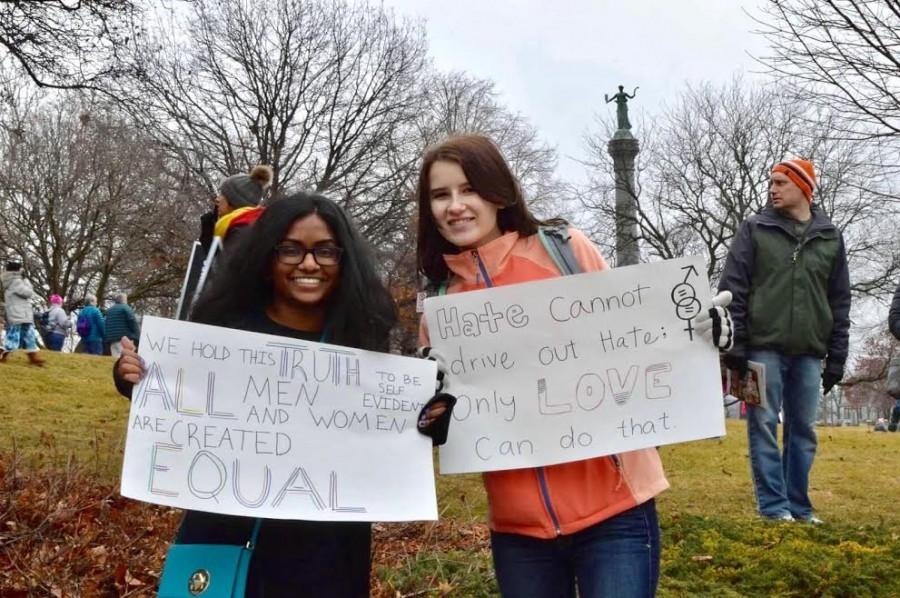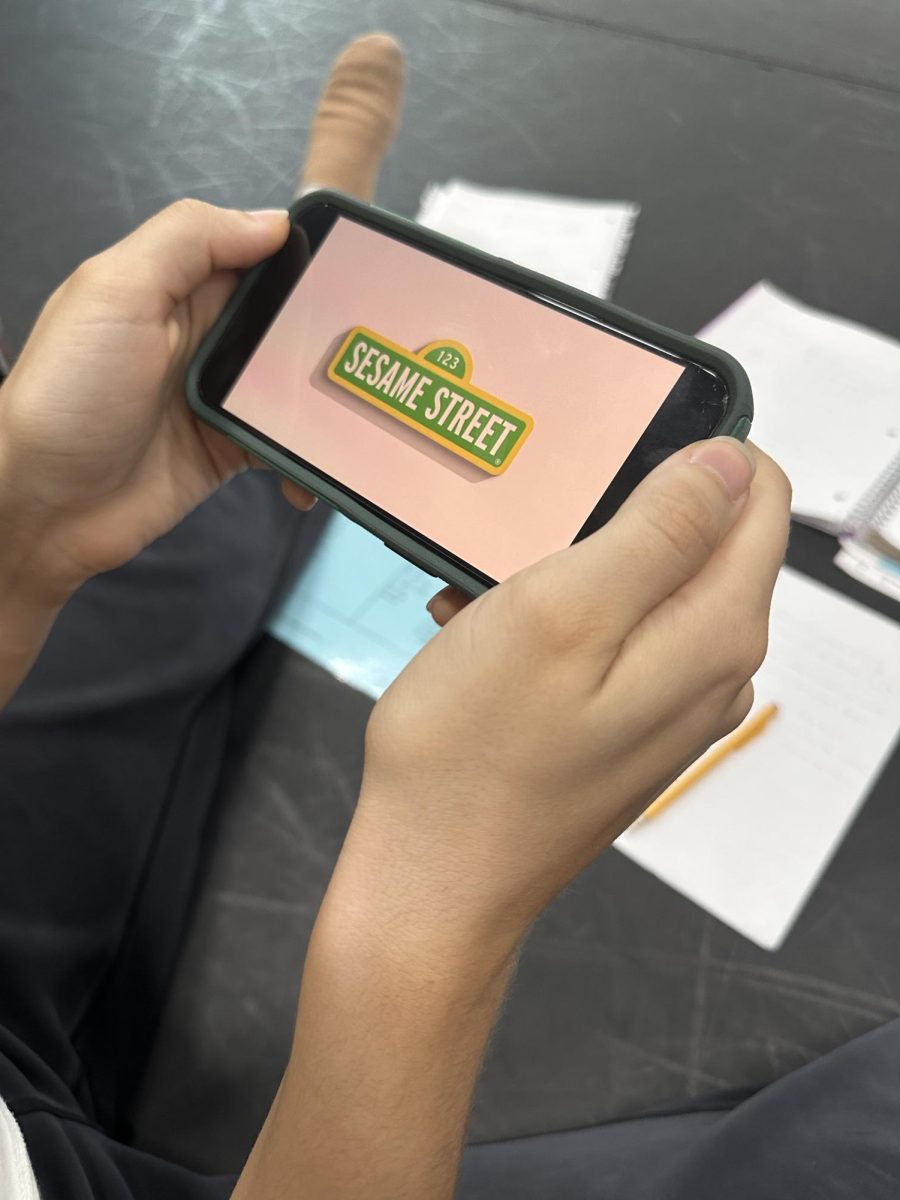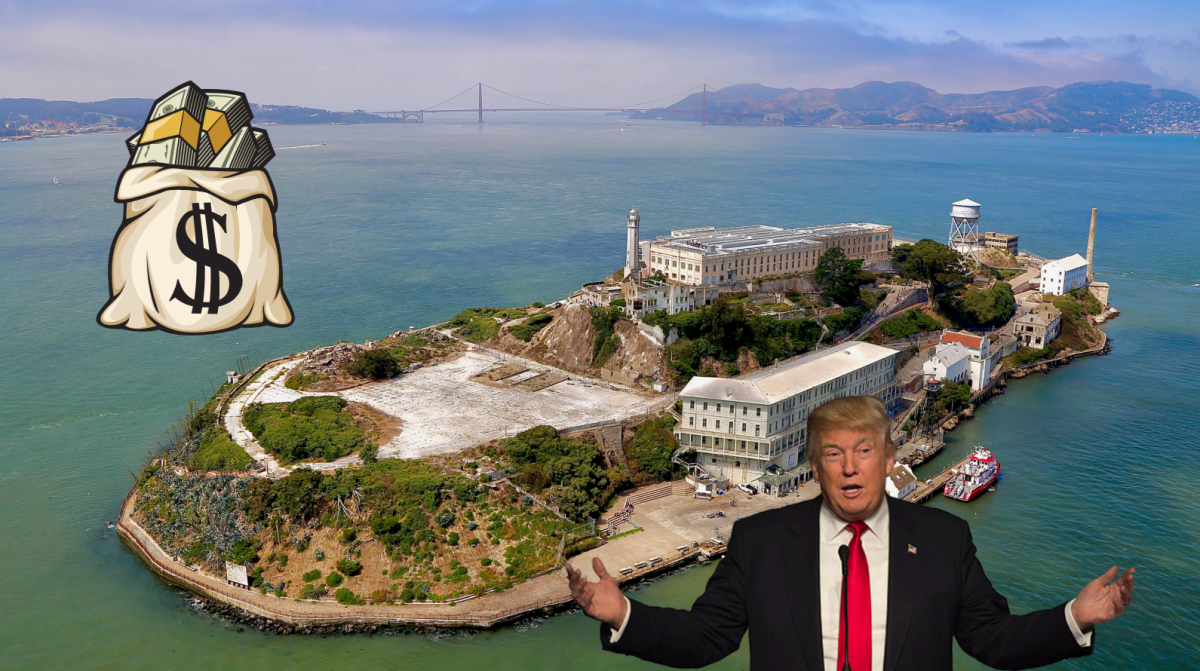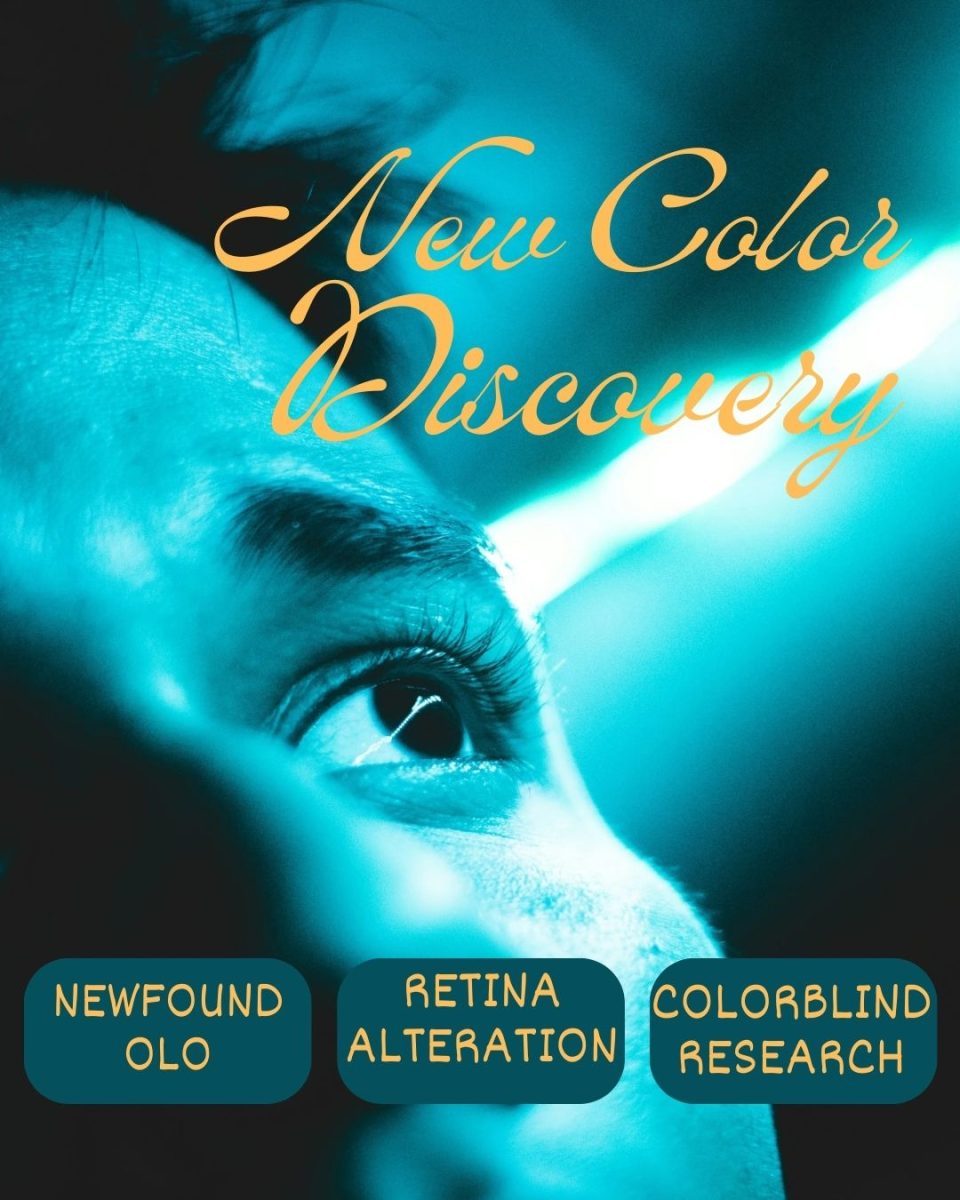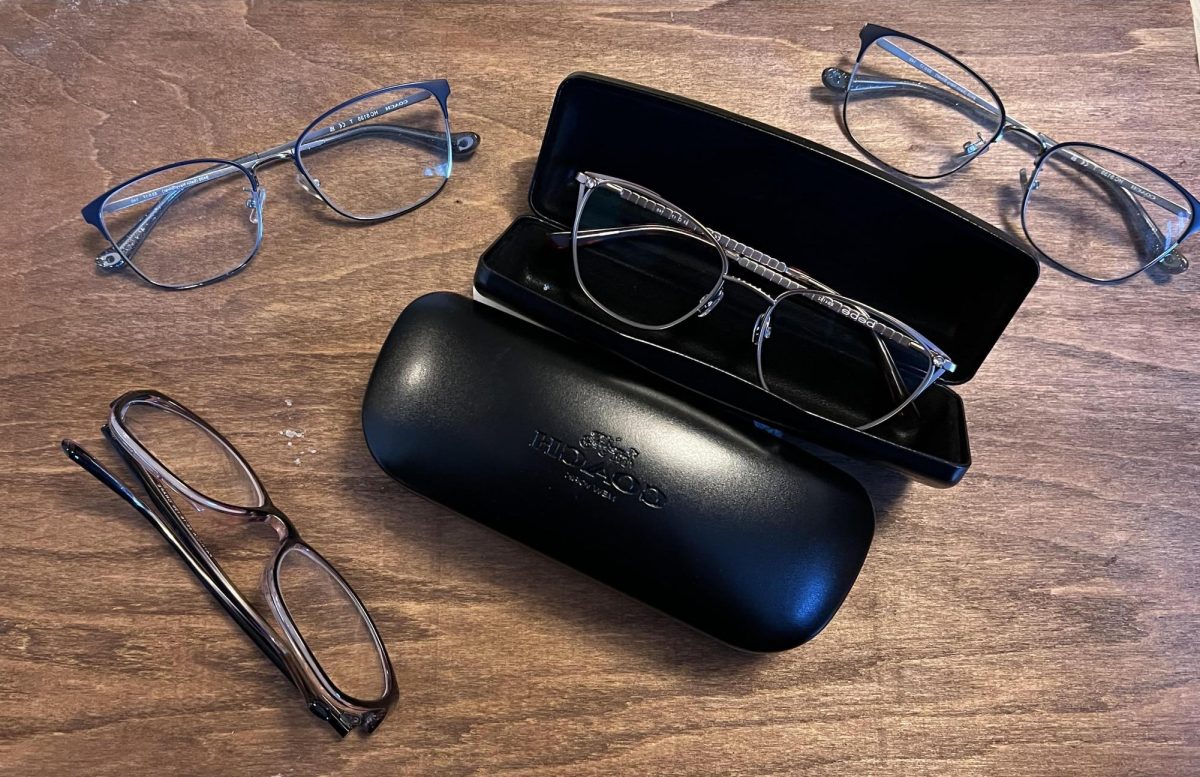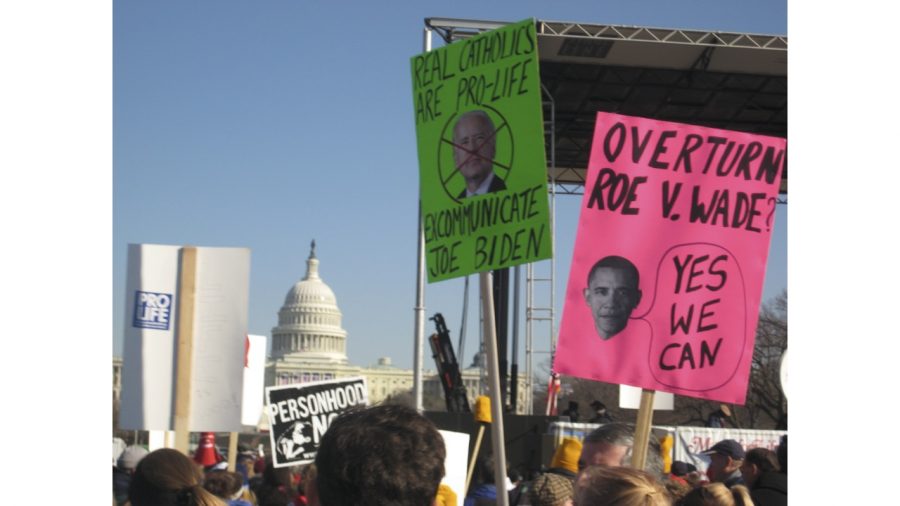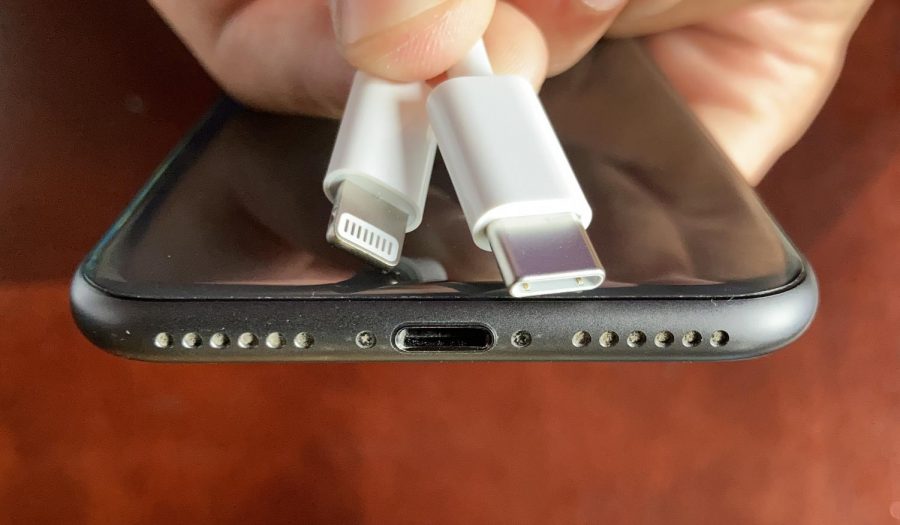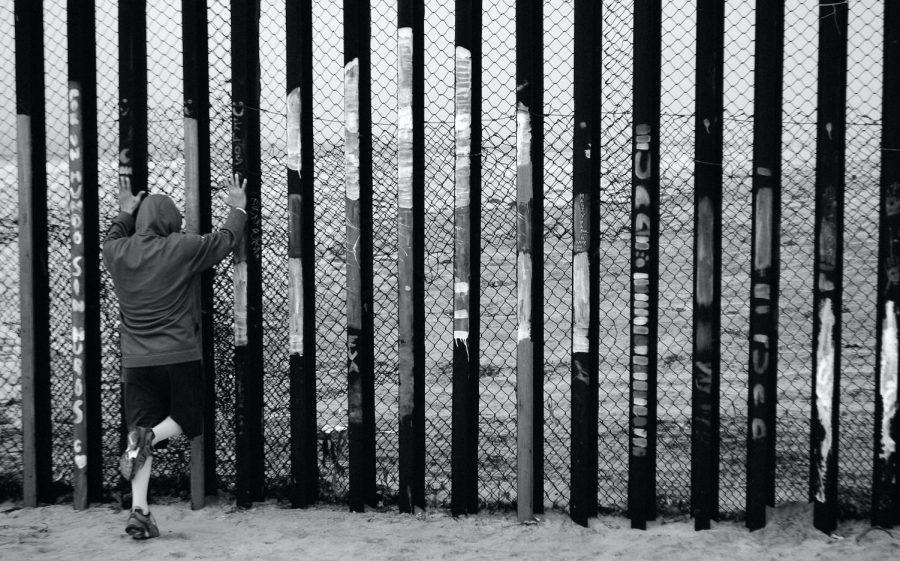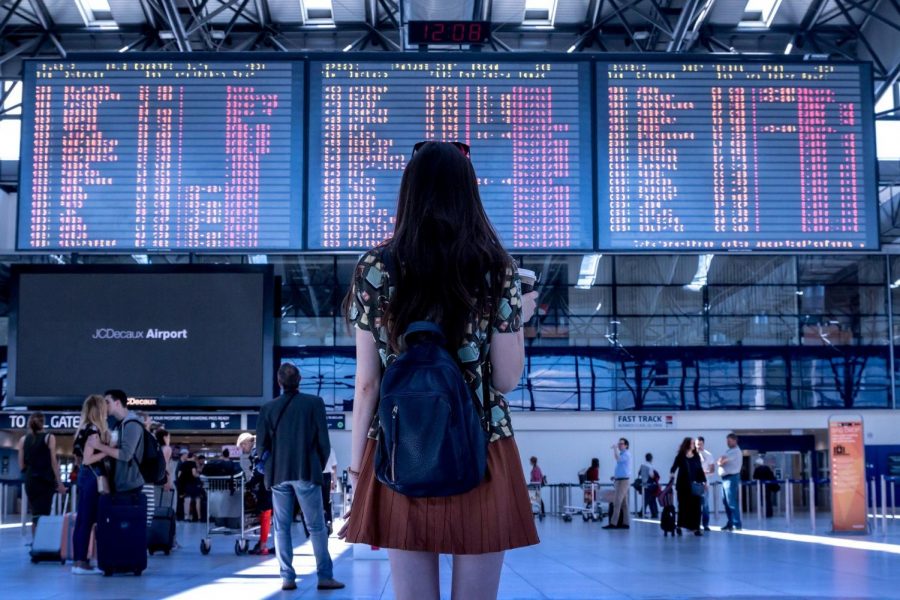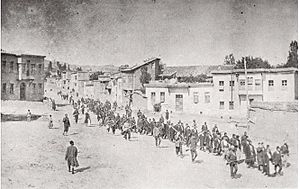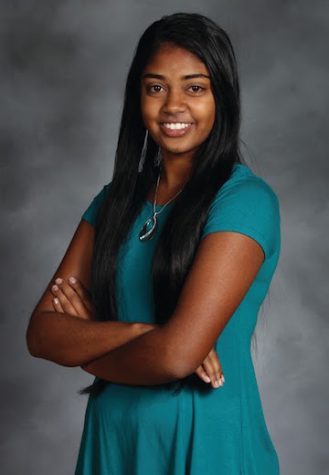Half a million people assembled in support of the Women’s March on Saturday, Jan. 22 in downtown Washington. The crowd expected in the nation’s capital was almost doubled, and the worldwide count of attendees exceeded one million people. Protesters of all ages and ethnicities united, demonstrated solidarity, and exercised their expressive rights.

In Washington, a five-hour rally featuring various advocating speakers occurred previous to the actual march. From Madonna to a daughter of Malcolm X, these featured presenters voiced their opinion loud and clear about upholding women’s rights and other issues that seem to be currently threatened, such as minority and immigrant laws. People even created posters to convey their views on other issues relating to topics including the environment or criminal justice.
Ethan Bettis, senior, had the opportunity to attend the Women’s March on Washington. His 13 hour trip to D.C. to stand in the National Mall was “life-changing”; it gave him a glimpse of experiencing such a historical event. Although Bettis was slightly anxious about potential violence or attacks, he came out of the protest having encountered a peaceful and powerful form of expression.
Bettis commented on his unique experiences at the event. “We were chanting so loud that it echoed onto the Native American Museum and back across the crowd. It sent a shiver down my spine.” Bettis also emphasized the diversity of people he came across. “It wasn’t just the poor, middle-aged women that marches. You had everyone of every age, race, and orientation that you could think of out at the March.”
Simultaneously, almost 700 synonymous sister marches were organized for convenience. From Maine to New Zealand, multitudes of people were inspired to march in opposition.
Madeline Patramanis, junior, attended the march in Chicago. “It made me feel a sense of community to see a large group that shared the same values that I did. It was a peaceful march that ended up turning into a rally because the amount of people that came was actually triple what they expected.” Patramanis explained her favorite part of the marches: “the massive amount of clever signs”. Some of these signs attacked Trump while other were for BLM, climate change, women’s rights, and LGBTQ rights.

This event will go down in history along with other famous social justice events. “It’s such a great feeling to know I am part of history, and I’m hoping this will bring about change in our future,” expressed Patramanis.


